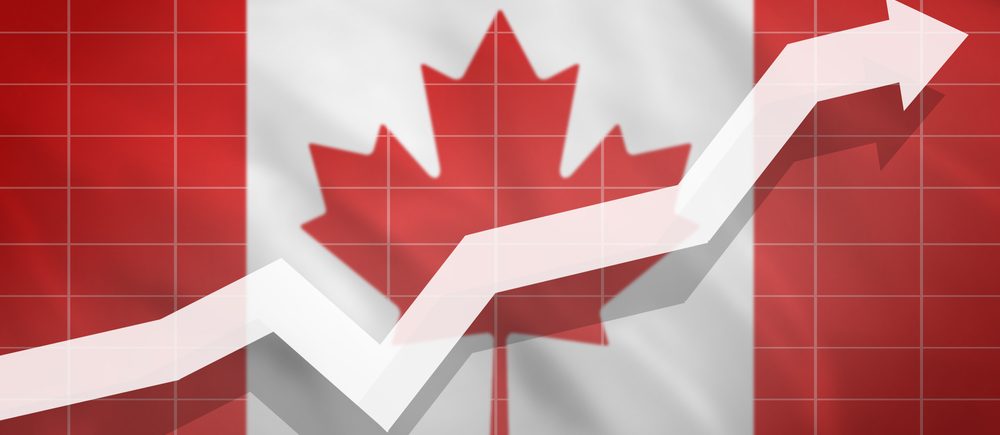The Canadian Dollar climbed against the U.S. Dollar, pushing the USD/CAD pair toward multi-month lows below 1.3540, driven by a robust U.S. Nonfarm Payrolls (NFP) report showing 147,000 jobs added in June, surpassing forecasts of 106,000. This strong data, coupled with renewed market risk appetite, weakened the USD while bolstering the CAD. While the NFP-driven optimism supports the CAD’s rise, looming tariff effects and uncertainty over Bank of Canada (BoC) rate decisions could challenge its gains, requiring policymakers to navigate economic signals carefully to sustain stability.
U.S. Jobs Report Sparks CAD Strength
The June NFP report revealed 147,000 new U.S. jobs, with unemployment falling to 4.1%, exceeding expectations of 4.3%. State and local government hiring, particularly in education, contributed 73,000 jobs, followed by healthcare (58,600) and leisure (20,000). This upbeat data dispelled fears of a weakening U.S. labor market, boosting market sentiment and pressuring the USD. The CAD capitalized on this, gaining ground as investors favored risk-sensitive currencies. However, private sector job losses in manufacturing (-7,000), wholesale trade (-6,600), and resource extraction (-2,000) highlight vulnerabilities, potentially limiting the USD’s decline and CAD’s upside.
Tariff Risks and BoC Policy Uncertainty
The looming July 9 expiration of a U.S. tariff pause introduces uncertainty, with President Donald Trump’s “reciprocal tariffs” threatening global trade. The International Monetary Fund estimates tariffs could reduce global GDP by 0.5%, impacting Canada’s export-driven economy, particularly energy and manufacturing. Meanwhile, the BoC’s next rate decision on July 30 has markets split on whether another cut from the current 4.25% rate is imminent, following June’s inflation data showing a 2.7% rise. Loonie traders face heightened volatility as they await Canada’s own jobs report on July 11, which could sway BoC policy and CAD performance.
Market Sentiment Drives Currency Dynamics
The CAD’s rise reflects broader market optimism, with Wall Street indices like the S&P 500 (+0.83%) and Nasdaq (+1.02%) hitting record highs on July 3. The USD/CAD pair’s decline toward 1.3540 marks a continuation of its downward trend, driven by the USD’s weakness amid positive risk sentiment. However, technical indicators suggest the pair is nearing oversold territory, with the 200-day Exponential Moving Average at 1.3500 acting as potential support. A reversal could occur if U.S. tariff policies tighten or if Canada’s jobs data underperforms, potentially strengthening the USD.
Economic Crosswinds
The CAD’s strength, fueled by the U.S. jobs report and market optimism, faces risks from tariff uncertainties and BoC policy debates. Policymakers at the BoC are expected to provide clear guidance post-July 11 jobs data to anchor market expectations, while U.S. officials are expected to clarify tariff plans to avoid trade disruptions. Investors closely keep monitoring Canada’s employment figures, BoC rate signals, and U.S. tariff developments. Without coordinated policy responses, the CAD’s gains against the USD could falter, with USD/CAD potentially rebounding above 1.3600 by late July.

 Noor Trends News, Technical Analysis, Educational Tools and Recommendations
Noor Trends News, Technical Analysis, Educational Tools and Recommendations




